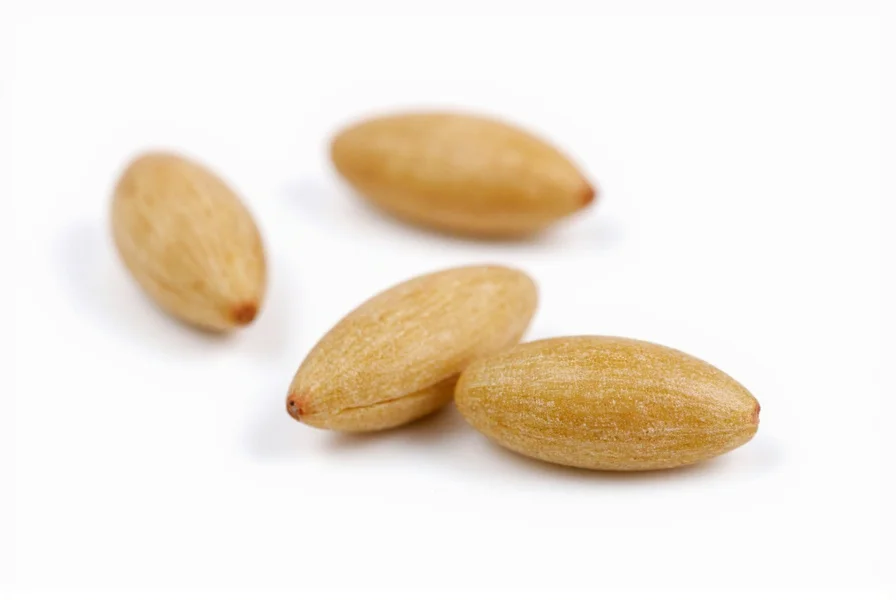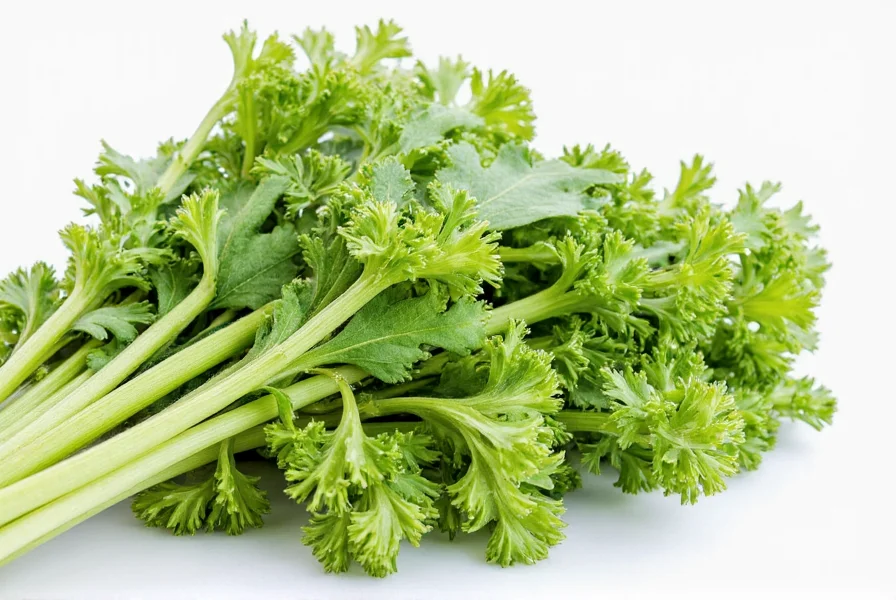Understanding Celery Seed: Nature's Concentrated Flavor
Celery seed represents one of nature's most potent flavor concentrators. While most people associate celery with its crunchy stalks, the plant's tiny seeds contain a remarkably intense version of that familiar flavor profile. These minuscule seeds, measuring only 1-2 millimeters in length, come from the same biennial plant that produces the celery stalks found in grocery stores, but they deliver a completely different culinary experience.
What Exactly Is Celery Seed?
Celery seed comes from the Apium graveolens plant, specifically harvested when the plant flowers and produces seeds. Unlike the mild, watery stalks, celery seeds possess a strong, earthy, slightly bitter flavor with warm, herbal notes. This concentrated taste makes them valuable in small quantities for enhancing dishes without adding bulk.
The seeds contain essential oils including limonene and selinene, which contribute to both their distinctive aroma and potential health properties. When purchasing celery seed, look for whole seeds rather than pre-ground powder, as the whole seeds retain their flavor and potency much longer.

Celery Seed vs. Related Products: Clearing the Confusion
Many consumers confuse celery seed with other celery products. Understanding these differences is crucial for proper culinary application:
| Product | Description | Primary Use |
|---|---|---|
| Celery Seed | Small brown seeds from celery plant flowers | Spice in cooking, pickling, seasoning blends |
| Celery Stalks | Crisp vegetable stalks | Fresh eating, salads, soups, stir-fries |
| Celery Salt | Mixture of ground celery seed and salt | Seasoning for meats, cocktails, rubs |
| Celery Seed Extract | Concentrated liquid form | Supplements, natural remedies |
Nutritional Profile and Evidence-Based Benefits
Celery seed packs a nutritional punch despite its small size. A single tablespoon (6g) contains:
- Approximately 20 calories
- 1.5g dietary fiber
- Significant amounts of calcium, magnesium, and potassium
- Phytochemicals including apigenin and luteolin
Research suggests several potential benefits of incorporating celery seed into your diet. Studies published in the Journal of Agricultural and Food Chemistry indicate that celery seed contains antioxidants that may help reduce oxidative stress. Traditional medicine systems have long used celery seed for supporting healthy inflammation response, though more clinical research is needed to confirm these effects in humans.
Practical Culinary Applications
Understanding how to use celery seed in cooking transforms ordinary dishes into extraordinary creations. The key is using this potent spice judiciously:
- Pickling spice blends: Celery seed is essential in most pickling recipes, contributing to that classic dill pickle flavor
- Seasoning mixes: Combine with mustard seed, coriander, and black pepper for homemade Old Bay seasoning
- Vegetable dishes: A pinch enhances green beans, potatoes, and coleslaw without overwhelming other flavors
- Meat rubs: Works particularly well with poultry and pork when combined with thyme and garlic
- Soups and stews: Add during the last 15 minutes of cooking to preserve flavor
When substituting celery seed for fresh celery, use approximately 1/4 teaspoon of seeds for every cup of chopped celery. Remember that the flavor intensifies over time, so it's better to start with less and adjust after the dish has simmered.

Proper Storage for Maximum Freshness
To maintain celery seed's flavor and potency, proper storage is essential. Whole seeds retain their quality significantly longer than ground versions. Store in an airtight container away from light and heat. Under optimal conditions:
- Whole seeds maintain peak quality for 2-3 years
- Ground celery seed loses potency within 6-12 months
- Refrigeration extends shelf life by approximately 50%
- Freezing in vacuum-sealed containers preserves quality for up to 5 years
Test your celery seed's freshness by crushing a small amount between your fingers. Fresh seeds will release a strong, distinctive aroma. If the scent is faint or musty, it's time to replace your supply.
Growing Your Own Celery Seed
For gardening enthusiasts interested in the complete celery lifecycle, growing celery from seed requires patience. The plant needs approximately 130-140 days to mature from seed to harvestable stalks, and an additional 20-30 days for the seeds to develop after flowering.
Start seeds indoors 10-12 weeks before the last frost date. Celery prefers cool temperatures (60-70°F), consistent moisture, and rich, well-draining soil. When the plant produces white flowers, allow them to mature into seeds. Harvest the seed heads when they turn brown but before they shatter. Dry the seeds thoroughly before storage.
Frequently Asked Questions About Celery Seed
What is the difference between celery seed and celery salt?
Celery seed is the pure dried seed of the celery plant, while celery salt combines ground celery seed with table salt, typically in a 2:1 ratio of salt to seed. Celery salt provides both flavor and seasoning, whereas celery seed offers concentrated flavor without added sodium.
Can I substitute fresh celery for celery seed in recipes?
While possible, substitutions require adjustment. Use approximately 1 cup of finely chopped celery stalks to replace 1/4 teaspoon of celery seed. Keep in mind that fresh celery provides moisture and milder flavor, while celery seed offers concentrated flavor without liquid content.
Are there any potential side effects of consuming celery seed?
Celery seed is generally safe when consumed in culinary amounts. However, concentrated forms like supplements may interact with certain medications, particularly blood thinners and blood pressure medications. Individuals with celery allergies should avoid celery seed entirely, as it contains the same allergens as the stalks.
How can I tell if my celery seed has gone bad?
Fresh celery seed should have a strong, distinctive aroma when crushed. If the seeds smell musty, damp, or have lost their characteristic scent, they've likely lost potency. Visually, they should be uniform brown; discoloration or mold indicates spoilage. Properly stored whole seeds maintain quality for 2-3 years.
What dishes benefit most from celery seed?
Celery seed shines in pickling recipes, coleslaw dressings, potato salad, tuna salad, and seafood dishes. It's essential in traditional Chicago-style hot dog seasoning and enhances vegetable broths. The spice works particularly well with cabbage, potatoes, eggs, and fatty meats like pork, where its bitter notes help cut through richness.











 浙公网安备
33010002000092号
浙公网安备
33010002000092号 浙B2-20120091-4
浙B2-20120091-4